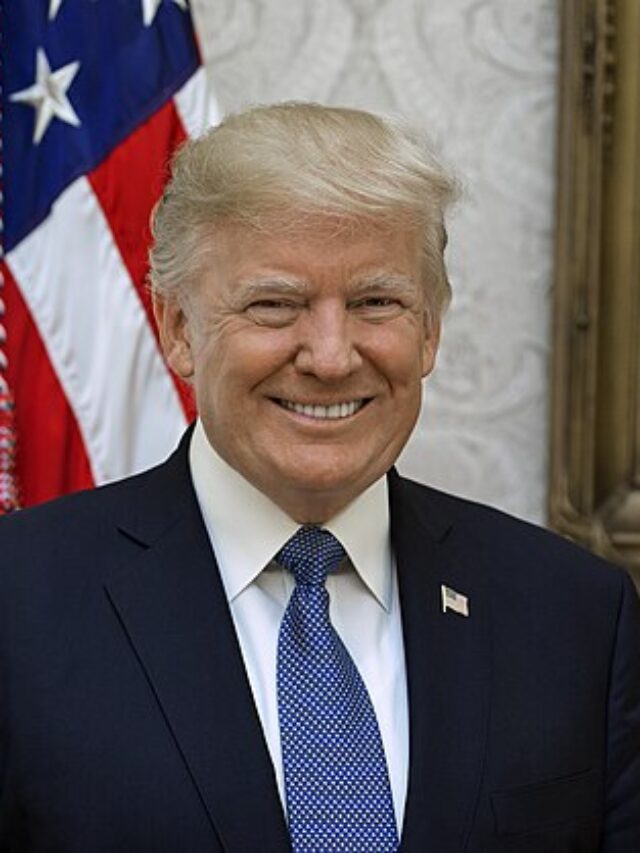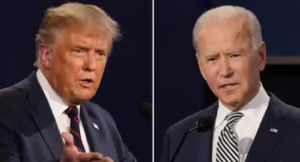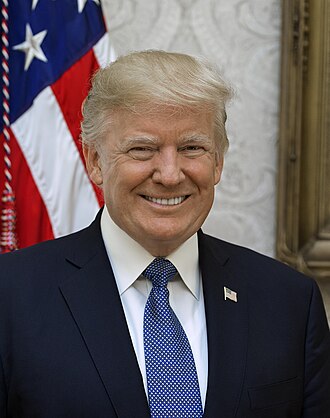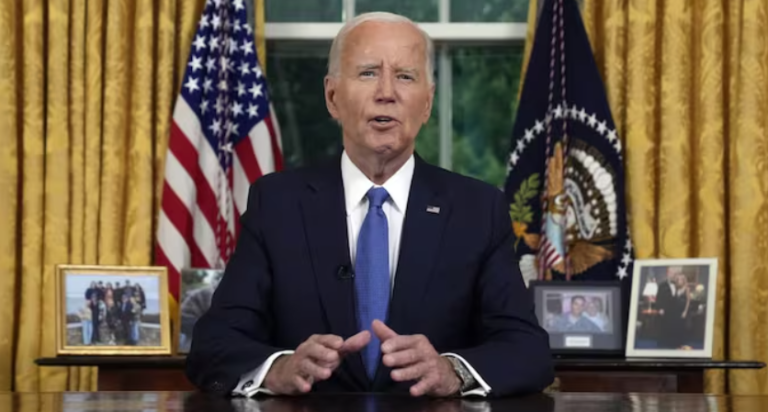
Biden Plans to Freeze Russian Assets
In a strategic move to strengthen Ukraine’s resilience against Russian aggression, President Joe Biden spearheaded a ground-breaking initiative endorsed by the G7.
The plan uses about $300 billion in Russian assets that were frozen by Western nations after Russia invaded Ukraine in 2022. The goal? Provides significant financial support for Ukraine’s defense efforts, humanitarian aid and post-war reconstruction.
Understanding the Plan
At the core of Biden’s initiative is funneling the accrued interest from these frozen assets into a $50 billion loan to Ukraine. This loan aims to cover the interest earned on pledged Russian assets, thus avoiding direct confiscation but benefiting from their economic impact.
This approach runs counter to the European Union’s preference to provide aid more slowly and gradually over time, reflecting divergent views among the G7 on how best to support Ukraine amid ongoing geopolitical tensions.
Addressing Concerns
However, Biden’s plan has not been without criticism. European leaders have expressed legitimate concerns, fearing potential Russian challenges and repercussions. There are concerns about setting precedents for future international financial operations and the stability of global financial markets.
Despite these reservations, the plan gained traction, underscoring the urgent need for Western support to prop up Ukraine.
International reaction
Unsurprisingly, Russia strongly opposes the plan, calling it theft and a warning of retaliation. Russian authorities argue that confiscating these assets undermines economic stability and could cause further economic turbulence.
Such an opposing attitude underlines the escalation of tensions between Moscow and the West, which could have implications for global diplomatic relations and economic stability.

Rebuilding Ukraine: Biden's Plan to Utilize Frozen Russian Assets
Strategic Implications
In addition to immediate financial aid, Biden’s initiative is seen as a bold demonstration of Western solidarity with Ukraine.
It sends a clear message of responsibility to Russia and holds Moscow accountable for its actions in Ukraine. In addition, the plan aims to secure the future of aid to Ukraine and ensure continued support regardless of future political changes in the United States or Europe.
Conclusion
While the Biden administration fleshes out the details of the plan, including the legal and logistical framework for the use of the assets, global attention will continue to focus on Ukraine’s plight.
The conflict not only tested international alliances, but also shaped economic sanctions and humanitarian aid strategies around the world. Currently, the world is watching as Ukraine continues to assert its sovereignty with Western support, highlighting the complex interplay of diplomacy, finance and geopolitics in the 21st century.
Summary
President Joe Biden’s initiative to use frozen Russian assets for the benefit of Ukraine marks a turning point in international relations. This strategic plan aims to provide significant financial support for Ukraine’s defense and reconstruction efforts amid the ongoing conflict with Russia.
Although the plan faces criticism and opposition mainly from Russia, it emphasizes the unity and commitment of the West to the sovereignty of Ukraine. As global dynamics evolve, Biden’s approach sets a precedent for future diplomatic and economic strategies in dealing with international crises..















+ There are no comments
Add yours